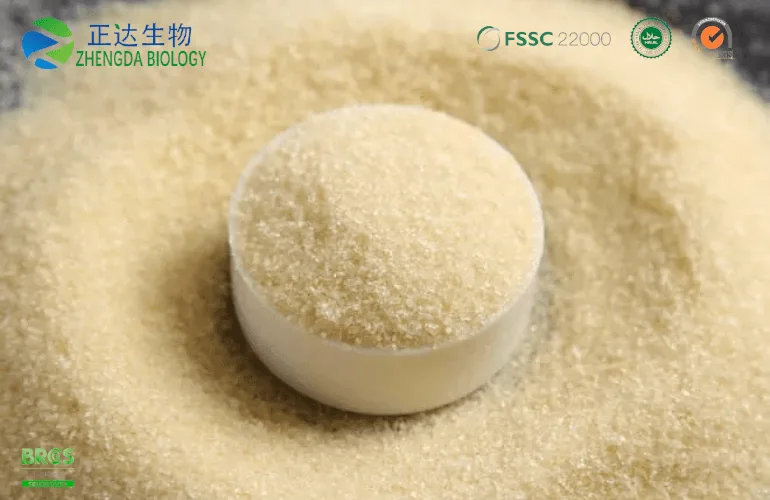Food Gelatin Knowledge
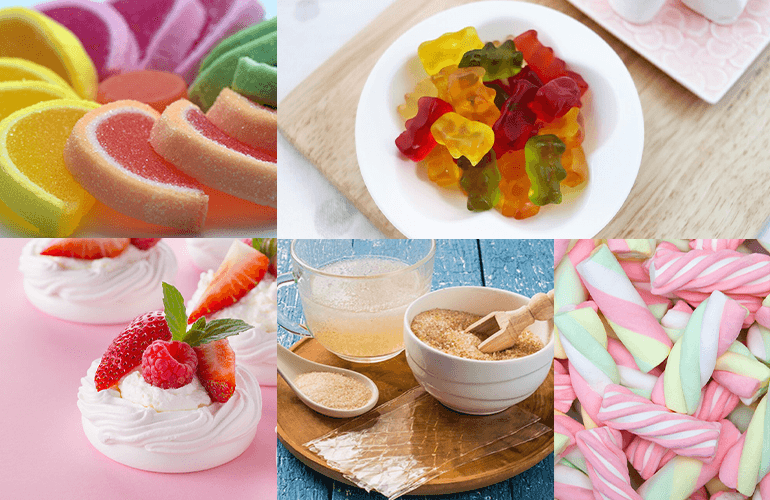
What Is Food-Grade Gelatin?
Gelatin is a natural, high-protein gelling agent derived from animal collagen (usually bovine or porcine). It’s flavorless, colorless, and widely used in the food industry for its ability to form thermoreversible gels—solid at low temperatures and melting at body temperature. This unique property makes it ideal for use in jelly, confectionery, dairy products, and more.
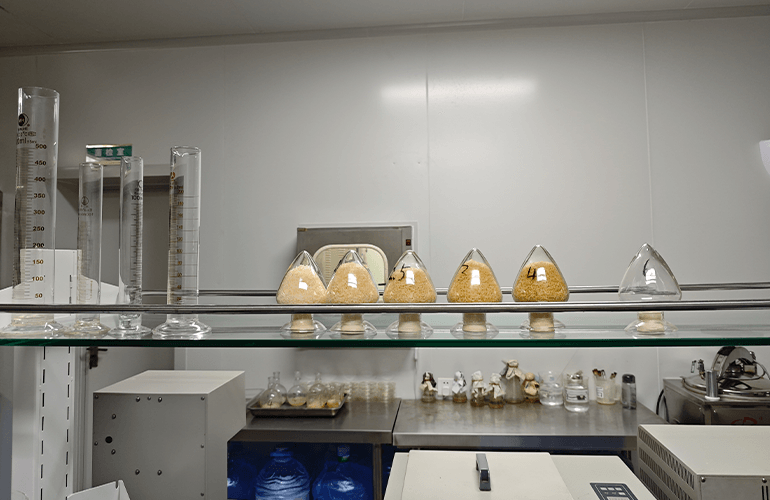
How Does Gelatin Work in Food?
Gelatin works by hydrating in cold water (blooming), then dissolving in hot liquid. As it cools, gelatin forms a mesh-like structure that traps liquid, creating a stable gel. The strength of this gel depends on the type and concentration of gelatin used. It’s versatile and pairs well with flavors, colors, and other food ingredients.
Gelatin in Confectionery
In candy-making, gelatin provides the elastic, chewy texture found in products like marshmallows, gummy bears, and jelly candies. It stabilizes foams, binds sugar syrups, and gives candies their iconic bite and melt-in-the-mouth feel—making it an essential ingredient in traditional and modern sweets.
Gelatin in Dairy Products
Gelatin is used in yogurts, cream desserts, and soft cheeses to improve texture, reduce syneresis (whey separation), and enhance creaminess. Especially in low-fat or non-fat dairy, it acts as a natural thickener and stabilizer to maintain a smooth, consistent product over shelf life.
Gelatin in Meat and Savory Products
In meat processing, gelatin is used in hams, sausages, aspics, and canned meats. It provides binding strength, retains moisture, and enhances the mouthfeel of restructured or formed meat products. It also helps create clear, flavorful jelly coatings in aspics and pâtés.
Vegetarian Alternatives to Gelatin
While gelatin is effective and widely used, it’s not vegetarian or vegan. Common alternatives include agar-agar, pectin, carrageenan, and konjac gum. Each has different gelling strengths and behaviors, so substitutions must be tested in the target application.
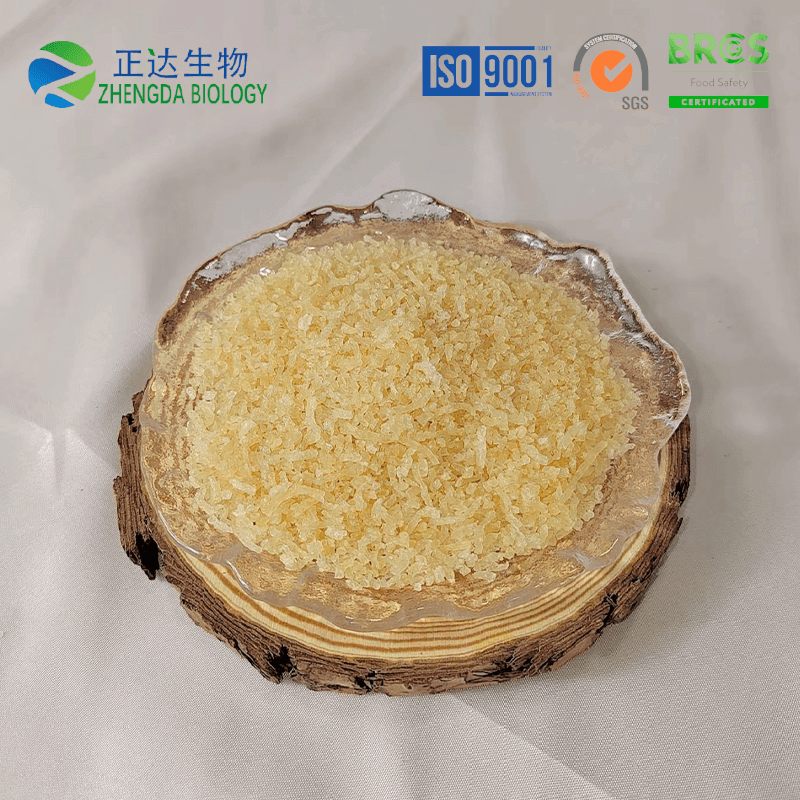
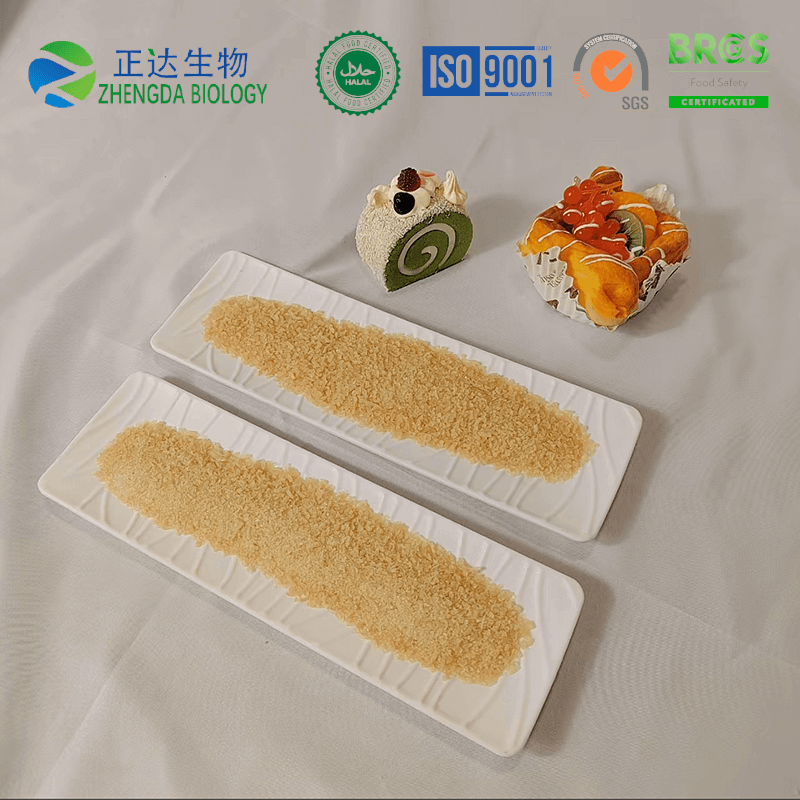
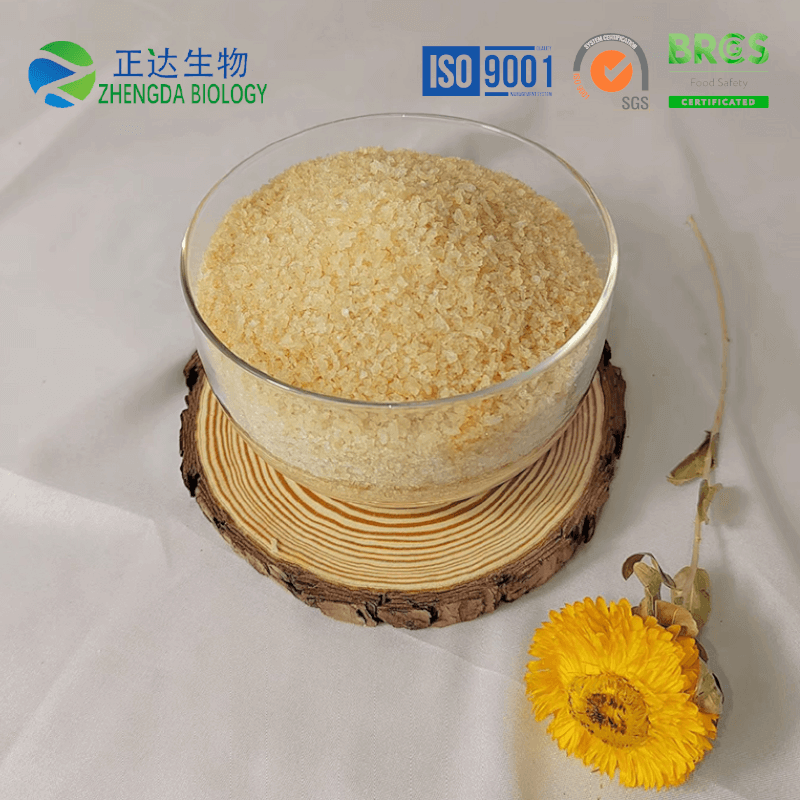
Food Gelatin Bloom Strength
Bloom strength refers to the firmness of gelatin gel and is a key quality indicator. Higher bloom numbers mean stronger gelling power. For example:
80–120 Bloom: Soft gels (yogurt, desserts)
150–200 Bloom: Medium-firm (confections, jellies)
220–300 Bloom: Strong gels (capsules, gummies)
Choosing the right bloom is crucial for your formulation.
Advantages of Gelatin in Food Processing
√ Clean-label ingredient
√ Thermoreversible gel (sets when cold, melts when warm)
√ Protein source (around 85–90%)
√ Enhances mouthfeel and texture
√ Biodegradable and natural
Get wholesale pricing or free samples!



